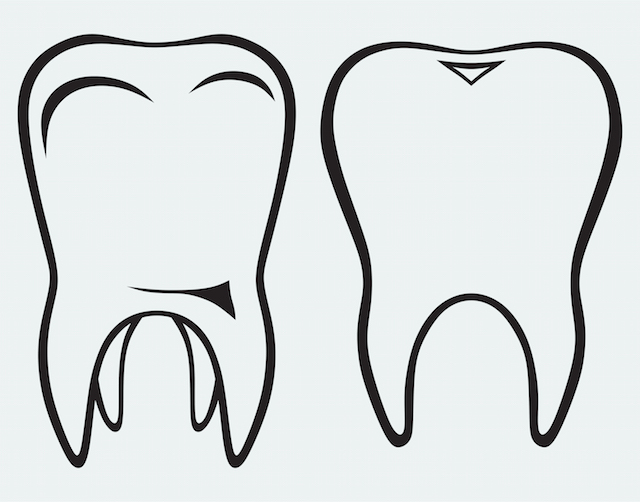
There are a lot of mysteries about wisdom teeth… What are they? Do I have them? Why are they there? Here are some answers for you.
What they are: Wisdom teeth are like the other teeth in your month, except they emerge much later in life. Typically, wisdom teeth come in during the late teens or early twenties (known as the “age of wisdom,” hence the name “wisdom teeth”).
Wisdom teeth are a third set of molars located in the very back of the mouth. Not everyone has all four wisdom teeth; some have only two or three, and some don’t have any at all.
Why they can be a problem: For some people, wisdom teeth come in perfectly fine. And for others, they may be misaligned, can cause crowding of the existing teeth, or damage nearby teeth, the jawbone and even the nerves.
Wisdom teeth can also be impacted, meaning the teeth are stuck under the gum and cannot fully break through. Impacted teeth can trap food and bacteria, which can lead to tooth decay, swelling, tenderness and bad breath.
What to do: Many people with misaligned or impacted wisdom teeth opt to have them removed. Most dentists recommend having wisdom teeth removed at a younger age, before problems begin to arise. Removal is also easier for younger people because the roots of the teeth are not fully developed and the bone is less dense.
If you want to get your wisdom teeth removed, the first step is to have your dentist x-ray them to determine the presence and position of the teeth. From there, you and your dentist can determine the best course of action for you.




